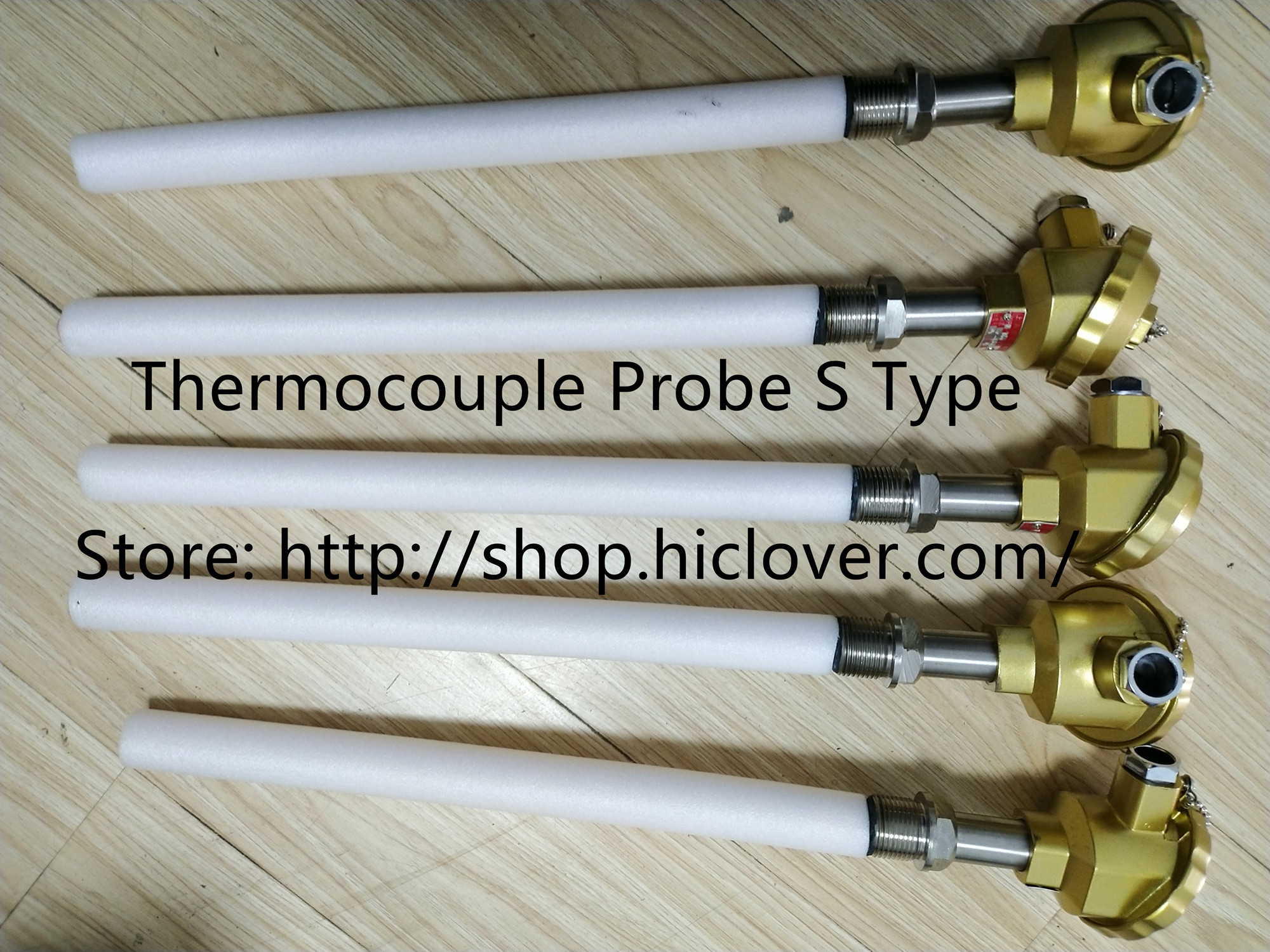Innovations in incinerator design are revolutionizing environmental sustainability and changing the way we think about waste management. As the world grapples with the growing problem of waste management, incinerators have emerged as a key solution that not only reduces the volume of waste but also produces energy in the process.
Traditional incinerators have long been criticized for their negative impact on the environment, releasing harmful emissions and contributing to air pollution. However, advancements in incinerator technology have resulted in the development of more efficient and environmentally friendly designs that address these concerns.
One of the key innovations in incinerator design is the integration of advanced filtration and emissions control systems. These systems are designed to capture and neutralize harmful pollutants, such as sulfur dioxide, nitrogen oxides, and particulate matter, before they are released into the atmosphere. This ensures that the emissions from incinerators are significantly reduced, minimizing their impact on air quality and human health.
Furthermore, modern incinerators are equipped with state-of-the-art energy recovery systems that allow them to generate electricity and heat from the combustion process. This not only reduces the reliance on fossil fuels but also provides a sustainable source of energy that can be used to power homes and businesses.
Another aspect of incinerator design that is driving innovation in environmental sustainability is the integration of waste-to-energy technologies. These technologies enable incinerators to convert waste into renewable energy sources, such as biogas and biofuels, which can be utilized to reduce the dependency on non-renewable resources.
Moreover, the design of modern incinerators is focused on maximizing the efficiency of the waste-to-energy conversion process, thereby ensuring that as much energy as possible is extracted from the waste. This not only benefits the environment by reducing the volume of waste that ends up in landfills but also contributes to the generation of clean, sustainable energy.
In addition, recent advancements in incinerator design have also focused on increasing the flexibility and adaptability of these facilities. This includes the ability to process a wide variety of waste streams, ranging from municipal solid waste to hazardous materials, and even medical waste. This multifunctional approach allows incinerators to play a critical role in managing diverse types of waste, while ensuring that the environmental impact is minimized.
Furthermore, the development of smaller scale and modular incinerator designs has made it more accessible for communities and smaller municipalities to implement sustainable waste management solutions. These compact incinerators can be tailored to meet the specific needs of different regions, providing a cost-effective and efficient alternative to traditional waste management methods.
In conclusion, incinerator design has come a long way in revolutionizing environmental sustainability. The integration of advanced filtration and emissions control systems, energy recovery technologies, waste-to-energy processes, and adaptability to a variety of waste streams has transformed incinerators into a key player in sustainable waste management. With these innovations, incinerators are not only reducing the environmental impact of waste, but also contributing to the generation of clean and renewable energy, paving the way for a more sustainable future.



